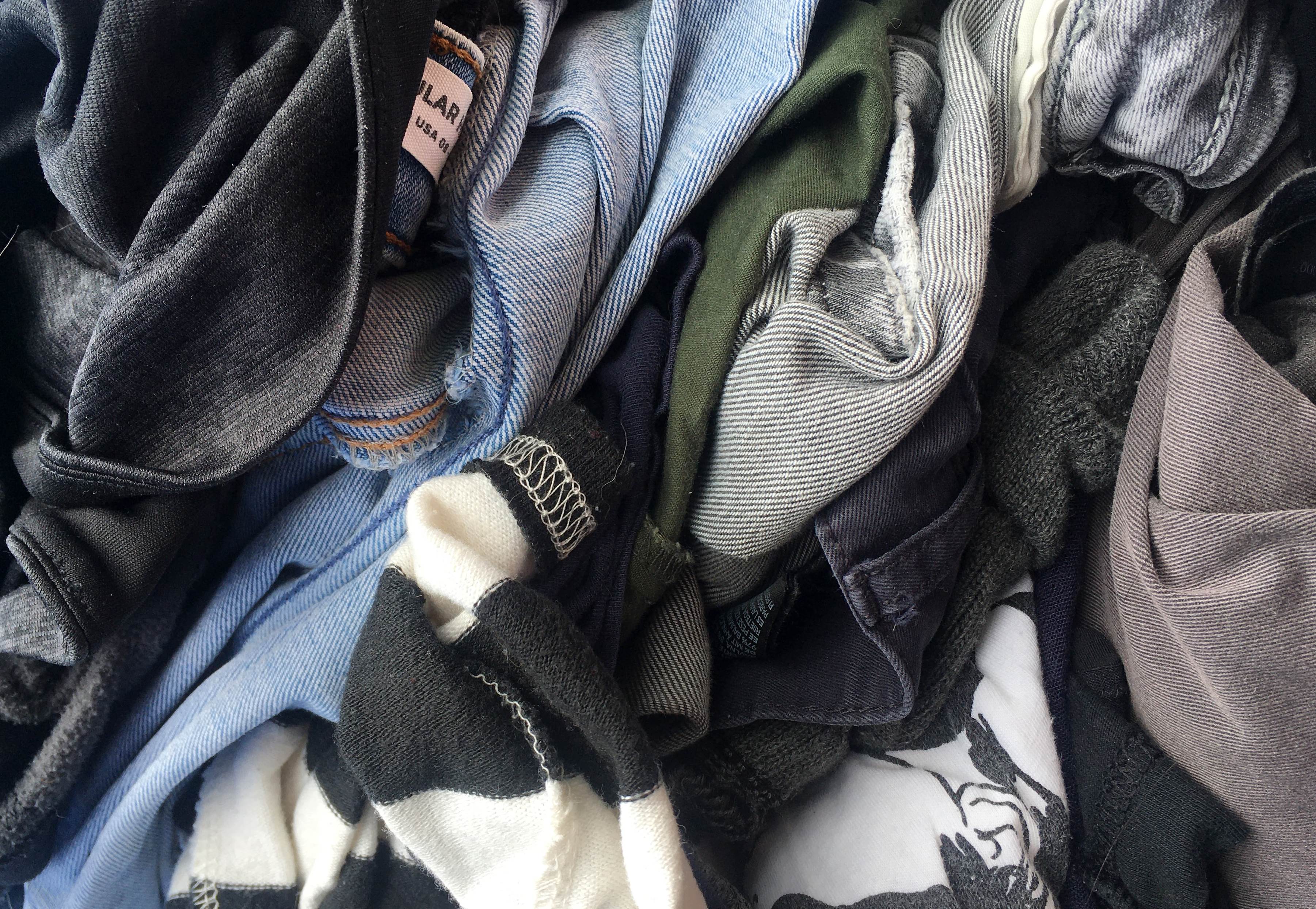74% of post-consumer textile waste suitable for recycling, report finds
27/09/2022

The 16-month project focused specifically on post-consumer textiles of low value. These are garments that cannot be reworn as is or “have reached market saturation in the global second-hand textile trade,” the report states, which means they are likely to be downcycled, either turned into wipes or incinerated.
The report found that 74% of this post-consumer waste, equivalent to 494,000 tonnes, is “readily available for fibre-to-fibre recycling.” Cotton was the dominant fibre (42%), followed by blends (32%), of which nearly half were polycotton (12% of total). After accounting for other parameters such as the presence of buttons or zippers, and colour, the report indicates that 21% of the materials analysed would be suitable for mechanical recycling and 53% for chemical recycling. This, said Fashion for Good, represents a “significant opportunity” for circularity.
Participants in the project were leading textile waste and sorting facilities in Belgium, Germany, the Netherlands, Poland, Spain and the United Kingdom, such as the Boer Group, I:CO - part of SOEX Group, JMP Wilcox - part of Textile Recycling International, Modare-Cáritas, Wtórpol and TEXAID.
Near infrared (NIR) spectrometry was used to identify the garment composition of 21 tonnes of used clothes. Two periods of collection were chosen, one in the fall, the other in summer, to cover seasonal variations in the types of garments entering the sorting facilities.
Funding for the project was provided by the Laudes Foundation, with support from Fashion for Good brand partners adidas, Bestseller, Inditex, Zalando and H&M Group. Fashion for Good partners Arvind Limited, Birla Cellulose, Levi Strauss & Co., Otto Group and PVH Corp. were part of a wider working group.
A similar project, Sorting for Circularity India, was launched in late 2021.
The framework for Sorting for Circularity Europe was based on the fundings of the report “Unlocking the Trillion Dollar Fashion Decarbonisation Opportunity” published by Fashion for Good and the Apparel Impact Institute (Aii).
Image: Alejo Reinoso via Unsplash










